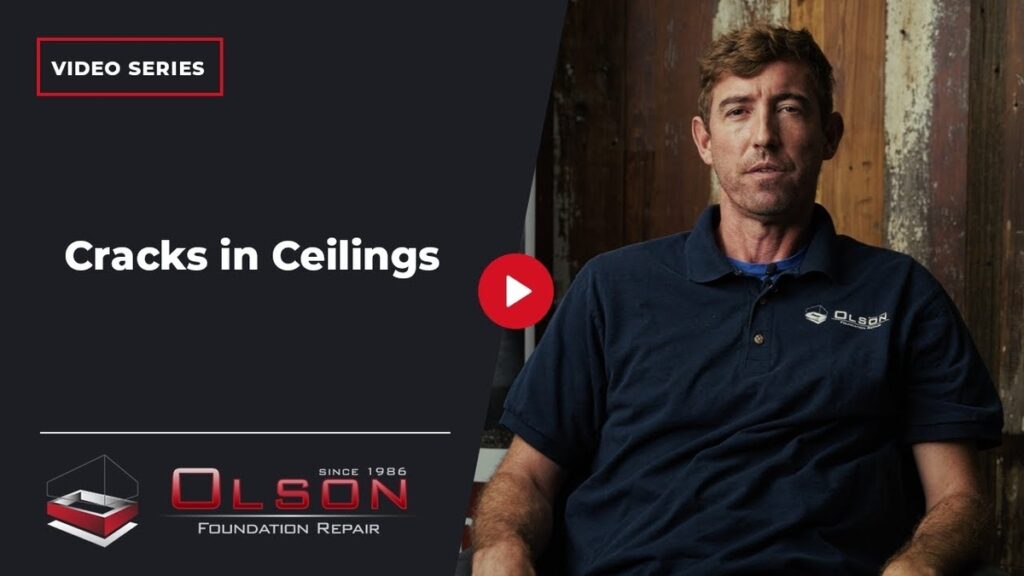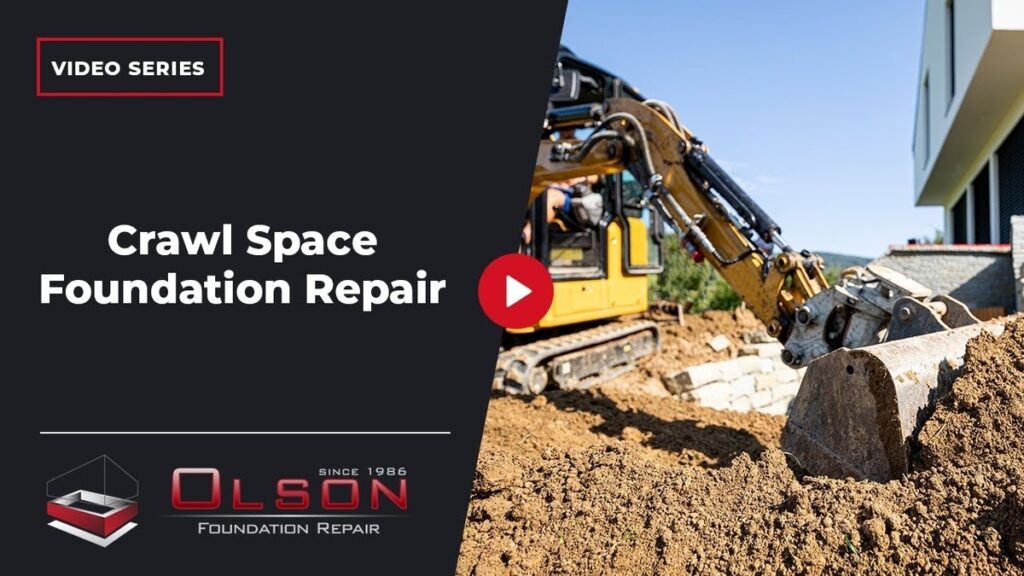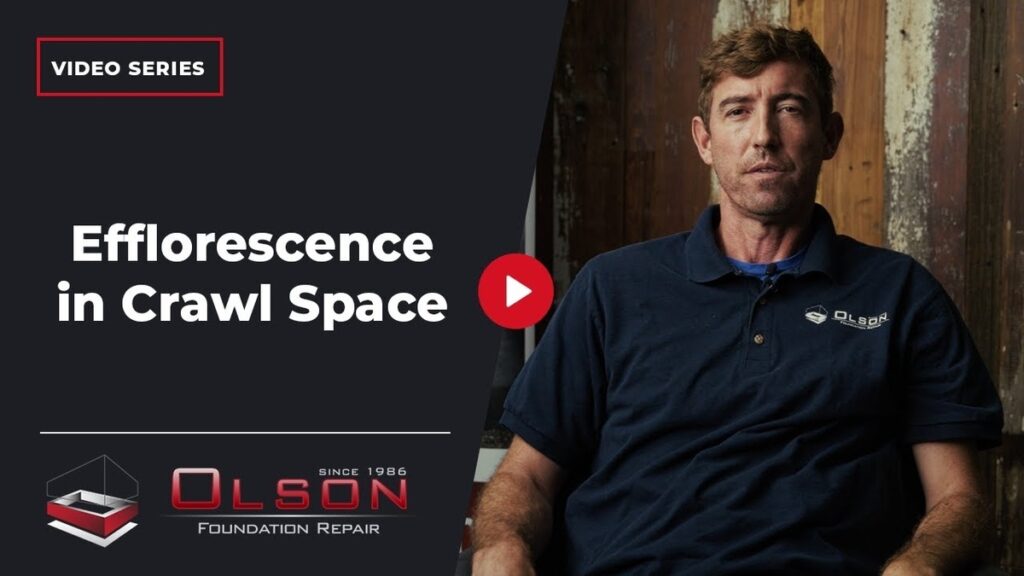A damp basement is more than a minor inconvenience—it’s a warning sign. In older homes, especially those with stone or cinder block foundations, moisture is a common enemy that seeps through cracks and weak spots, weakening structures and creating a potential breeding ground for mold. But moisture issues don’t have to spell trouble. From patching up foundation walls to installing drainage systems, we’ll guide you through effective solutions to protect your basement and keep it dry year-round.
Assessing the Situation
Older homes tend to have specific issues that contribute to damp basements. In many cases, moisture problems are caused by the foundation walls. These walls can crack or allow water to seep in from the surrounding soil. If left unchecked, this can weaken the structure of the home and lead to serious long-term damage.
Here’s a general approach we follow when fixing a damp basement:
- Inspect the Foundation Walls: Older homes usually have stone or cinder block foundations. Over time, these materials can crack or shift, allowing moisture to enter. We start by thoroughly inspecting the walls for cracks or weak spots.
- Address Cracks and Openings: Cracks in your basement walls are entry points for moisture. We tuckpoint or seal any cracks we find. If the cracks are more severe, we may opt for a small epoxy injection or a waterproofing membrane applied from the exterior.
- Install a Vapor Barrier: To further protect the basement, we apply an FRP (Fiberglass Reinforced Plastic) sheeting, also known as a vapor barrier, to the walls. This barrier helps prevent moisture from seeping through the walls, keeping the basement dry. The vapor barrier is secured to the foundation walls and connected to an interior drain tile system.
Interior Drain Tile System
For homes with persistent moisture issues, the interior drain tile system is a key component in managing water flow. This system captures any water that finds its way into the basement, whether it’s seeping through cracks, coming in from underneath, or bleeding down the walls.
- Water Management: The drain tile system channels water away from your basement, preventing it from pooling on the floor. This is especially effective for homes that experience flooding after heavy rains.
- Long-Term Solution: With the vapor barrier and the drain tile system in place, your basement becomes much less vulnerable to moisture. This combination also eliminates the need for regular wall maintenance, such as painting or patching damp areas.
Common Challenges in Older Homes
When fixing a damp basement in an older home, it’s important to address the underlying causes of moisture. Many older homes were built without modern drainage systems or proper grading, which can cause water to accumulate near the foundation. Here’s how we tackle these challenges:
- Gutters and Drainage: Many older homes either lack gutters or have poorly maintained ones. Without proper gutters, rainwater can flood the basement. We recommend installing gutters and downspouts that direct water away from the home.
- Grade the Surrounding Area: If the landscape around your home slopes toward the foundation, water will naturally flow toward the basement. Proper grading around the home ensures that water is directed away from the foundation, reducing the risk of a damp basement.
When Structural Issues Arise
Sometimes, fixing a damp basement in an older home goes beyond managing moisture. Years of water exposure can weaken the foundation walls, causing them to shift or bow. If this is the case, additional steps may be necessary to restore the structural integrity of your home.
- Wall Realignment: In some cases, we may need to push the foundation wall back into a plumb position to ensure the house remains structurally sound. This step might involve tearing out and rebuilding sections of the wall, especially if the damage is extensive.
- Concrete Foundation Reinforcement: If the basement walls have shifted due to years of neglect or improper water management, reinforcing the foundation may be necessary. This could include installing additional supports or reinforcing the walls with concrete.
Benefits of Vapor Barriers and Drainage Systems
Applying a vapor barrier and installing a drain tile system isn’t just about stopping water; these steps offer additional benefits for homeowners:
- Less Maintenance: Once installed, you won’t need to worry about constantly painting or patching your basement walls.
- Prepares for Finishing: If you’re planning to finish your basement, having a solid waterproofing system in place ensures that your finished space will remain dry and free of moisture damage.
- Improves Resale Value: A dry, waterproof basement can increase the value of your home, making it more attractive to potential buyers.
In Summary
To fix a damp basement in an older home, it’s essential to understand the foundation and moisture issues unique to these properties. Whether it involves tuckpointing cracks, applying a vapor barrier, or installing a drain tile system, we have the expertise to make your basement a dry, functional part of your home. If you’ve experienced shifting walls or extensive water damage, we’ll reinforce the foundation to ensure your home’s long-term stability.
Contact us today to learn more about how we can fix your damp basement and keep your home safe and dry for years to come.




